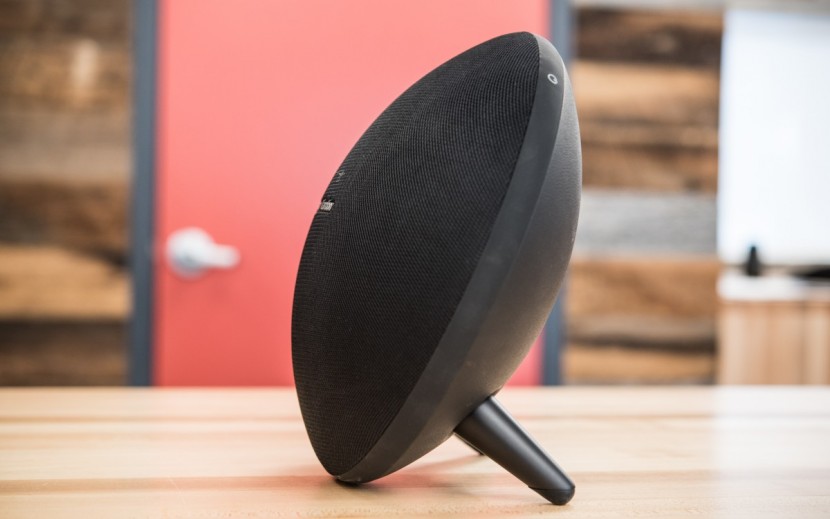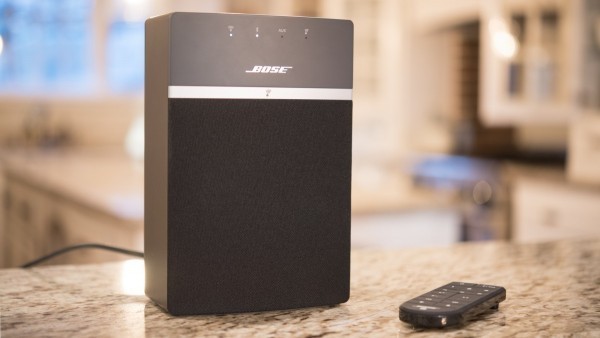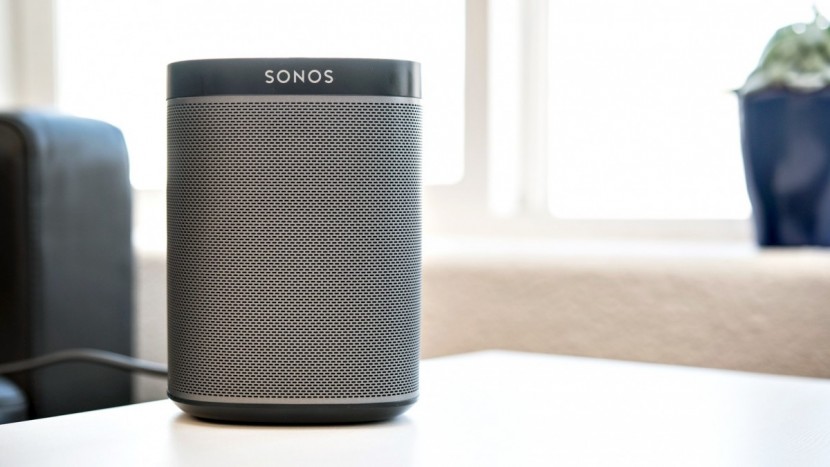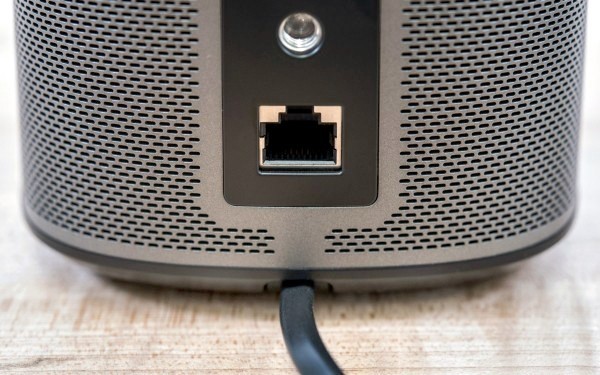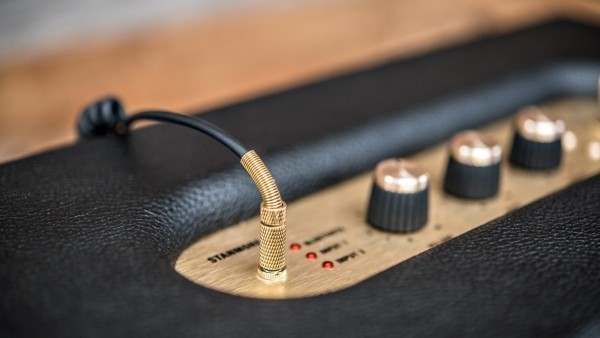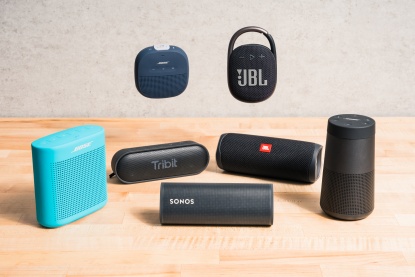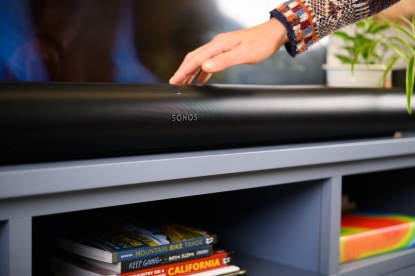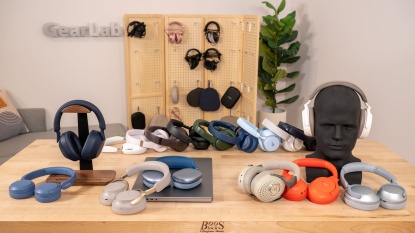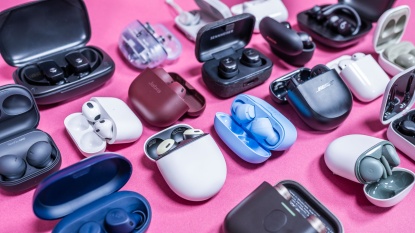Choosing the Right Home Wireless Speaker
Adding one or more wireless speakers to your home is a great and convenient way to free all that music that lives in your mobile devices out into the spaces where you spend the most time. However, not all wireless speakers are created equal, and finding the perfect one for your style can be difficult. That's why we put together this step by step guide, so you can find your musical soulmate.
Step 1: One Speaker or More?
When building your home speaker system, the first thing you'll need to decide is whether you'll be satisfied with a single speaker, or if you want the option to connect many speakers together into one system, as this will determine the type of technology you should consider.
Multiple speaker systems provide more sound in more rooms of your home, but cost a lot more because they involve buying, well, multiple speakers. Single speaker systems are cheaper and simpler, but tend to be confined to a single room.
Step 2: Bluetooth or WiFi?
Wireless speakers either use a Bluetooth signal or a WiFi network to communicate with your devices. Some speakers let you hardwire the signal with an ethernet cable, but even these speakers generally use an app as a remote control that requires a WiFi network to communicate.
Bluetooth
Bluetooth is simple and versatile. A speaker with Bluetooth can talk to pretty much any Bluetooth enabled device, and become that devices main audio output. This means no matter what you play on the device, whether it be YouTube or Netflix or Pandora, it will be played through the speaker. It also means that every text message, phone call, and social media notifications will play though the speaker as well.
The biggest downside of Bluetooth is that it generally communicates in a point-to-point manner, rather than in a network. This means you can't use Bluetooth to connect your devices to multiple speakers at once. For that you need…
WiFi
Speakers that use WiFi are actually pulling media directly from the internet, with your mobile device acting only as a remote control. This has some distinct advantages. Most importantly, it's very easy to connect multiple speakers together with a WiFi network. This lets you put a speaker in each room of your house, and use a single device to control what is being played through each. WiFi can also transmit more data more quickly than Bluetooth, so you often end up with a higher quality audio signal reaching your speakers (editors' note: to really tell a difference in sound quality between a Bluetooth and WiFi connection you'd have to be using an HD music streaming service and have a fairly well trained ear, but there is a difference). Finally, having your speakers connected directly to the internet means a phone call or instagram notification won't interrupt your favorite song.
The downside with WiFi is that, because the media is essentially going directly to your speaker(s) without using a computing device as an intermediary, you can run into compatibility issues. Most WiFi speakers can play nice with music streaming services (Pandora, Spotify, Amazon music, iTunes, etc.) but many don't like things like YouTube and Netflix. This means if you want to watch Stranger Things on your laptop and listen to it through your WiFi speakers, you're probably out of luck.
Bottom Line: Bluetooth vs. WiFi
Basically, if you're only going to use a single speaker, you're going to want that speaker to have Bluetooth because of the simplicity and versatility of that type of connection. If you want to build a multi-speaker system you're going to need WiFi. The ideal speaker would offer both Bluetooth and seamless compatibility with a WiFi network, but unfortunately we don't live in a world where such a thing exists, we live in a world of…
Bose vs Sonos
Bose gets the closest to that ideal speaker, as all their speakers offer both a Bluetooth connection and WiFi capability. However, we found that the Bose app crashes sporadically when using it to manage a multi-speaker system. The crashes weren't so frequent that this feature was unusable, but it could get frustrating at points. In comparison Sonos' multi-speaker ecosystem was flawless in our testing, so if you mainly want a multi-speaker system for music listening we'd suggest Sonos. Just remember that Sonos doesn't offer a Bluetooth connection in any of its speakers, so listening to things like Netflix and Youtube will be problematic.
If you already have a Bose device and are thus shackled to that ecosystem, it's likely not worth the extra cost of completely switching over to Sonos. Sure, Sonos' multi-speaker management is clearly superior, but Bose's system is still usable. Plus, since most of the issues we ran into with Bose's multi-speaker management were software rather than hardware based, there's still hope that improvements could be made in the near future that wouldn't require buying any new devices.
Also, if you love Sonos but still want to be able to listen to anything you want, there are workarounds, they're just quite pricey. First you could get one of their larger speakers that have audio jacks and physically plug your device in. Those speakers can then beam the audio to the rest of your speakers. You can also get the Sonos Connect, which acts as a wireless hub for your speaker network, and again plug your device directly into that.
Step 3: Smart Home Compatibility
For many people wireless speakers are attractive because they can turn things like Google Home and Alexa into voice controlled sound systems. As of now this shouldn't really sway your decision as the only two brands that offer software smart home compatibility are Bose and Sonos. Both of these brands have an Alexa skill available. Both also claim to be working on compatibility with Google Home, but neither have put a concrete date on when that will be available. Sonos maybe has a slight leg up as it offers the One, which has Alexa built right in. However, the price difference between the One and the identical in all but Alexa Play:1 is about the same as the cost of an Echo Dot, so it's 6 of one and a half dozen of the other.
You should also keep in mind that having a physical audio jack means you could plug pretty much any smart home device into a speaker, you'll just have to make sure the speaker is turned on when you want to start using your smart home device.
Step 4: Are You Willing to Spend More for Sound Quality?
In our experience sound quality has a fairly positive correlation with price, meaning if you want truly great sound quality you're going to have to pay for it. All of the speakers we tested sound good, so don't feel like you need to spend more, but if you want that super crips, super high-end sound you will need to shell out some big bucks.
Conclusion
We hope that this article has cleared up some of the big questions surrounding home wireless speakers. If you'd like to hear more about how we tested all of these speakers, you can check out our How We Test article.


